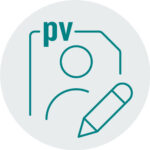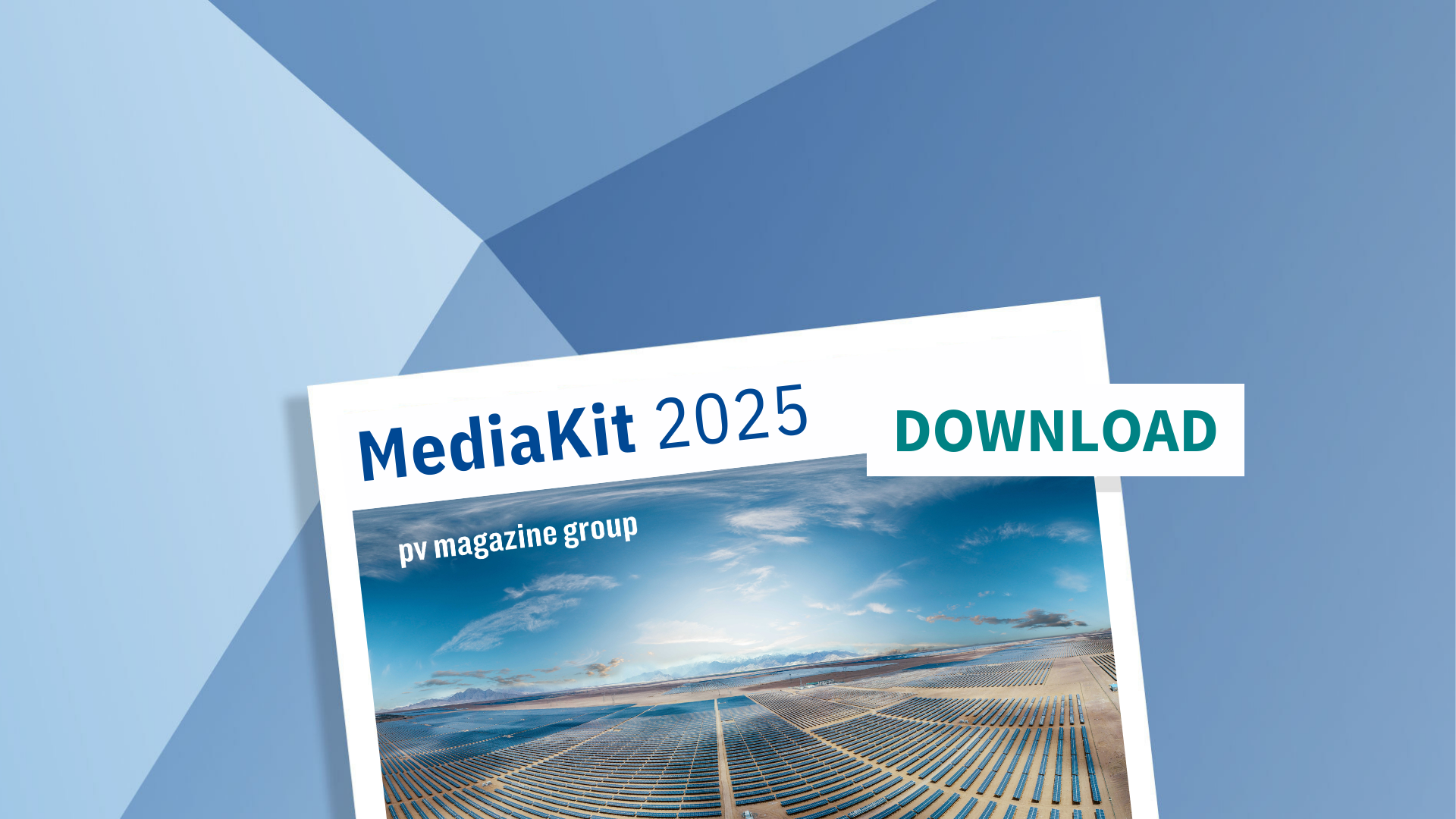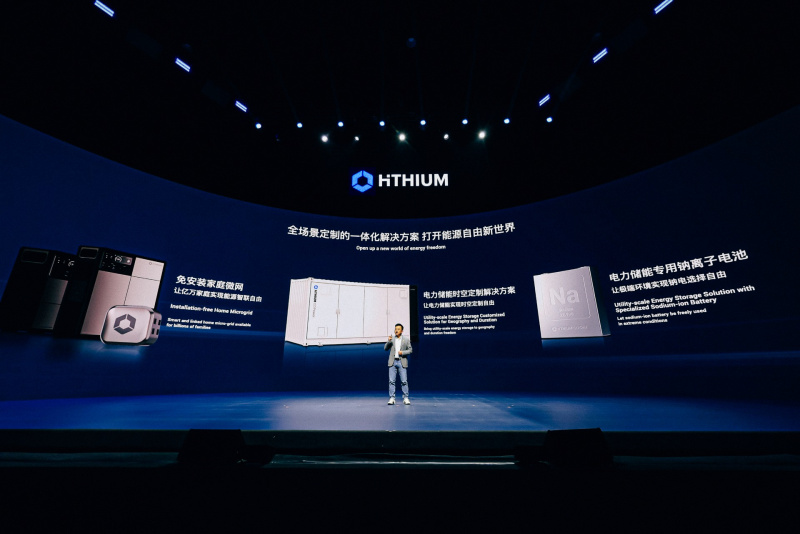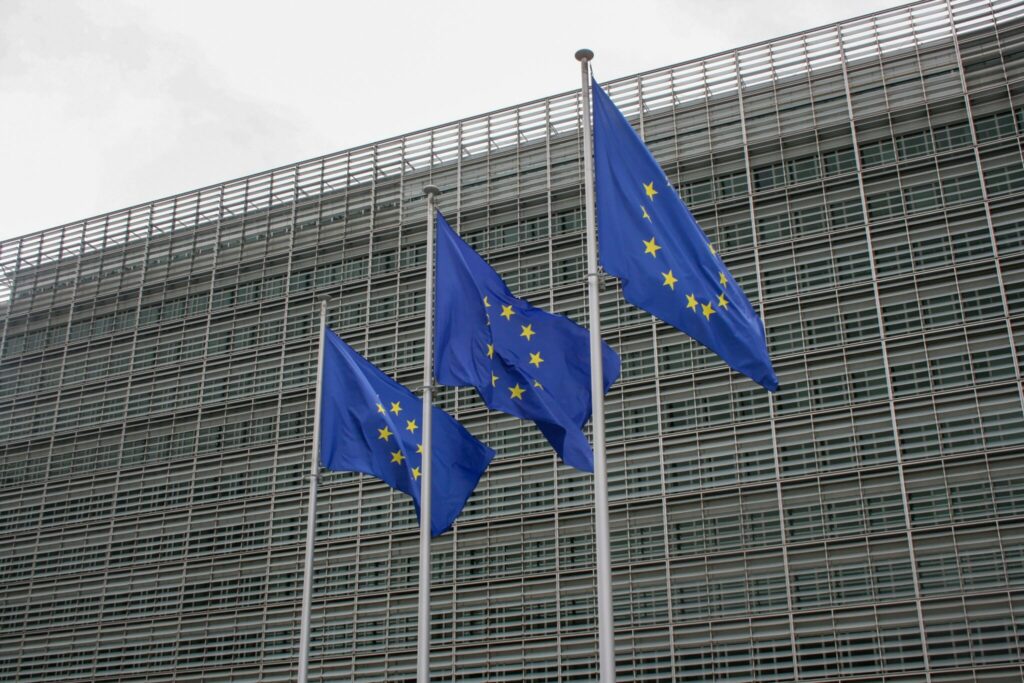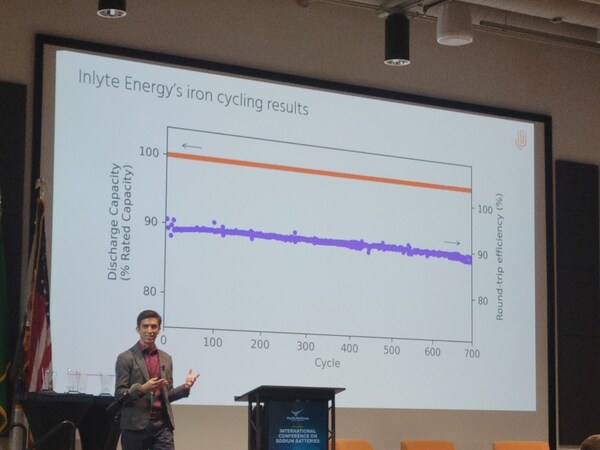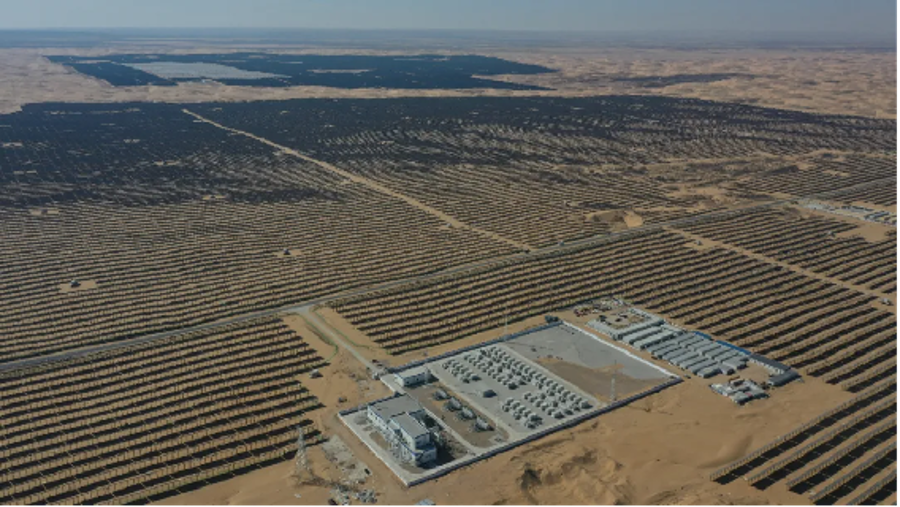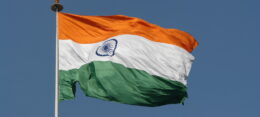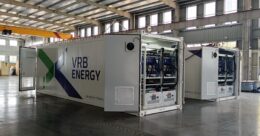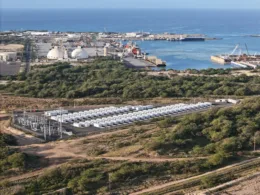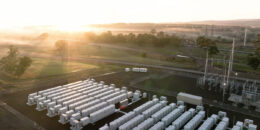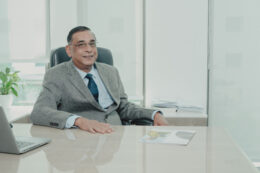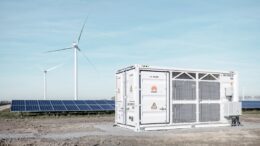Researchers in Australia cook up recipe for better, more sustainable batteries
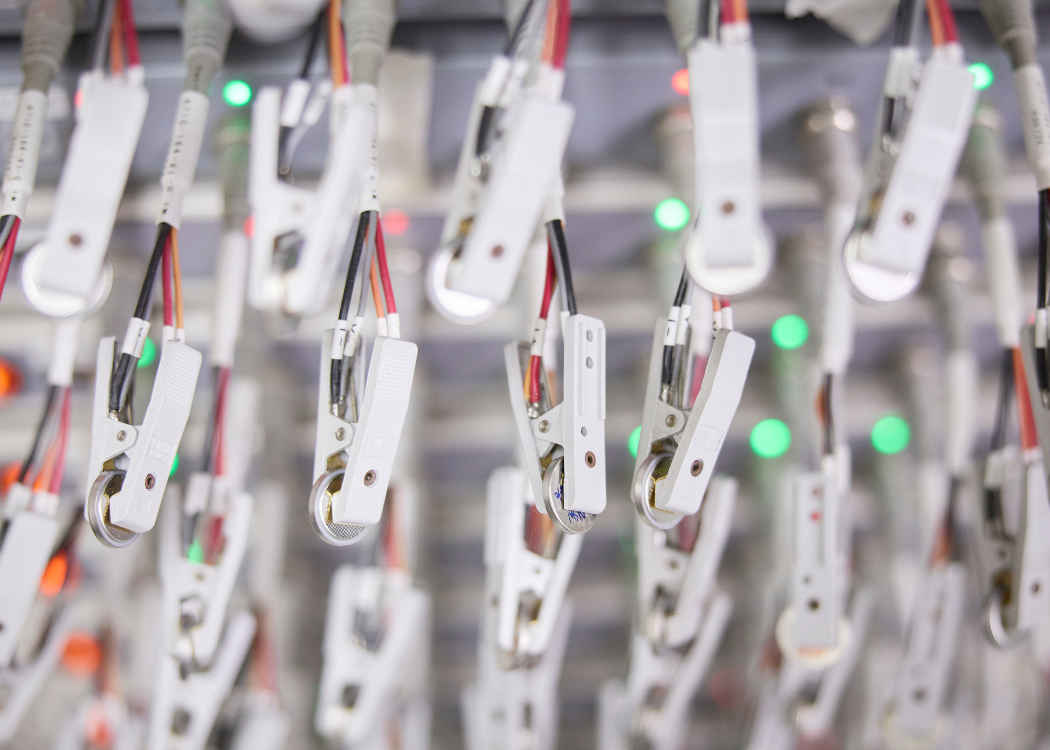
UNSW researchers have developed a battery component using food-based acids found in off-the-shelf sherbet and winemaking.
UNSW School of Chemistry lead researcher Professor Neeraj Sharma said his team has developed an electrode that can significantly increase the energy storage capability of lithium-ion batteries by replacing graphite with compounds derived from food acids such as tartaric acid, which occurs naturally in many fruits, and the malic acid found in some fruits and wine extracts.
“Using food acids to produce water-soluble metal dicarboxylates – electrode materials – presents a competitive alternative to graphite used in the majority of lithium-ion batteries that can, as we’ve demonstrated, optimize battery performance, renewability, and cost to better support battery demand,” said Sharma.
A prototype device was found to reduce environmental impact across materials and processing inputs while increasing energy storage capability and is a springboard to upscale the technology transitioning from a small coin cell to a larger, pouch cell capability.
“The next step will be running use and recharge cycles at different temperatures to demonstrate industry viability and allow for further optimization,” said Sharma. “The technology is also applicable to sodium-ion batteries, that present another cheaper, greener alternative to lithium-ion batteries.”
The research was driven by the examination of reported inconsistencies in food acid performance in the lab.
“Food acids are readily available, typically less aggressive, and contain the necessary functional groups or chemical characteristics, and the single-layer pouch cell currently being optimized is similar to what you’d use in a mobile phone, only smaller,” said Sharma. “We realised the acid actually reacts with the metal surface of the battery component. It’s one of the first things we teach in first year chemistry – a metal plus an acid gives you a salt and hydrogen. And it’s that salt that’s now been stabilized that gives you that improved performance.”
“We experimented to understand what was happening, designing reactions to maximize performance and characterizing the resulting compounds and their performance. As a result, we have the versatility to change the combination to suit different supply streams and desired performance. For example, while we have got lots of iron in Australia, in other regions, manganese or zinc, for example, might be more accessible and therefore these can be used as the metal component.”
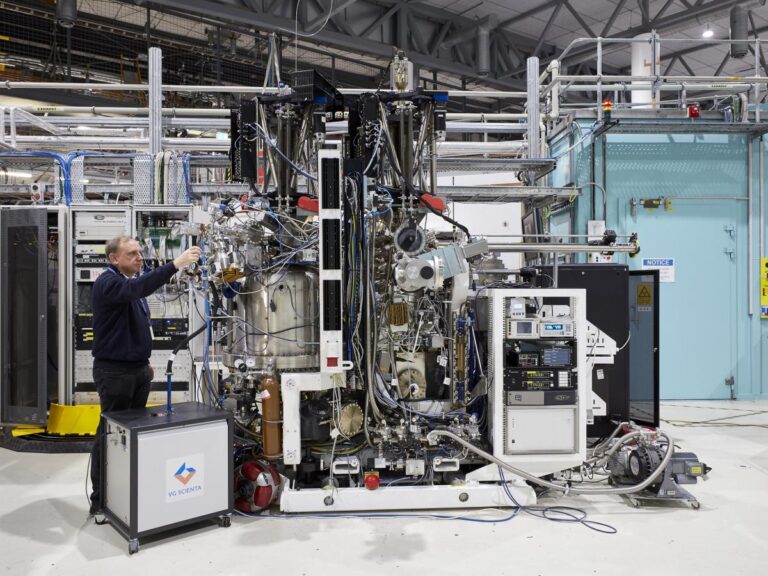
Considering food waste as a source for new electrode microstructures, the UNSW team have worked with colleague Veena Sahajwalla, who is pyrolyzing coffee grounds to use them as a carbon source to make anodes within lithium-sulphur batteries.
More than eight million tons of waste coffee grounds enter landfill globally every year and food waste in Australia costs AUD 36.6 billion ($25.2 billion) and contributes 3% of the country’s annual greenhouse gas emissions.
Circularity is a further motivator for Sharma’s team, which is researching a recyling process that would not require harsh chemicals and could potentially reuse waste material from metal extraction processes.
“The remaining black mass is shipped offshore, to be dropped back down to its pure elements,” said Sharma. “We’re asking, are there clever routes to reuse that mass in new batteries, minimizing the chemicals involved, to create a closed loop?”
From pv magazine Australia.
